
油层物理学
¥ 10 2.8折 ¥ 36 八五品
仅1件
山东枣庄
认证卖家担保交易快速发货售后保障
作者李爱芬、张志英 编
出版社中国石油大学出版社
出版时间2016-01
版次1
装帧平装
货号D3-5
上书时间2024-07-31
- 店主推荐
- 最新上架
商品详情
- 品相描述:八五品
图书标准信息
- 作者 李爱芬、张志英 编
- 出版社 中国石油大学出版社
- 出版时间 2016-01
- 版次 1
- ISBN 9787563622863
- 定价 36.00元
- 装帧 平装
- 开本 16开
- 纸张 胶版纸
- 页数 284页
- 字数 467千字
- 正文语种 简体中文
- 丛书 “十二五”普通高等教育本科国家级规划教材
- 【内容简介】
-
《油层物理学》是为石油工程专业编写的双语教学用书。全书内容分为4章。第1章为储层流体的物理性质,主要介绍油、气、水的高压物性;第2章为储层岩石的物理性质,主要介绍储层岩石的骨架性质,孔、渗、饱特性和胶结物性质等;第3章为饱和多相流体的油藏岩石的渗流特性,主要讨论储层岩石的毛管力理论、多相流体渗流理论;第4章为提高采收率基础,主要介绍油气采收率的影响因素及提高采收率方法的基本原理。书末附有英汉对照词汇表,以方便读者查阅。
《油层物理学》不仅可以作为石油工程及相关专业的双语教材,也可供石油矿场、油藏工程技术人员和地质工程技术人员参考。 - 【目录】
-
CHAPTER 1 PROPERTIES OF RESERVOIR FLUIDS
SECTION 1 PHASE BEHAVIOR OF HYDROCARBON SYSTEM
1 Chemical Composition, Commercial Properties of Petroleum and Its Classification
2 Basic Concepts in Study of Phase Behavior
3 Phase Diagram of One-, Two- and Muhicomponent System
4 Phase Diagrams of Several Typical Oil/Gas Reservoirs
SECTION 2 SOLUTION AND SEPARATION PROCESS IN A GAS-OIL SYSTEM
1 Solubility of Gas in Oil
2 Equilibrium Relations
3 Separation of Oil and Gas
SECTION 3 PROPERTIES OF NATURAL GAS
1 Composition, Apparent Molecular Weight and Specific Gravity of Natural Gas
2 Equations of State
3 The Coefficient of Isothermal Compressibility of Gas
4 Gas Formation Volume Factor and Expansion Factor
5 Viscosity of Natural Gas
6 Other Equations of State for Real Gases
7 Gas Hydrate
SECTION 4 PROPERTIES OF CRUDE OILS
1 Solution Gas-oil Ratio
2 Formation Volume Factor and Shrinkage Factor of Oil
3 Crude Oil Density and Specific Gravity
4 The Coefficient of Isothermal Compressibility of Oil
5 Viscosity of Oil
6 Properties of Crude Oil Correlations
7 PVT Test of Reservoir Oil
SECTION 5 PROPERTIES OF OILFIELD WATER
1 Composition of Oilfield Water
2 Classification of Oilfield Water
3 PVT Properties of Oilfield Water
EXERCISES
QUESTIONS FOR DISCUSSION
CHAPTER 2 PROPERTIES OF RESERVOIR ROCKS
SECTION 1 PROPERTIES OF ROCK MATRIX
1 Granulometric Composition of Sandstone
2 Specific Surface Area
SECTION 2 POROSITY OF RESERVOIR ROCKS
1 Classification of Pores
2 Definition for Porosity
3 Classification of Porosity and Its Evaluation
4 Factors Affecting Porosity
5 Determination of Porosity
6 Compressibility of Porous Rocks
SECTION 3 PERMEABILITY OF RESERVOIR ROCKS
1 Darcy's Law
2 Gas Permeability
3 Factors Affecting Permeability
4 Evaluation of Permeability
5 Measurement of Permeability
6 Permeabilities for Heterogeneous Formations
SECTION 4 FLUID SATURATION
1 Definition of Fluid Saturation
2 Interstitial Water and Residual Oil
3 Methods of Determining Fluid Saturation
SECTION 5 CEMENTING MATERIALS AND TYPES OF CEMENTATION IN
RESERVOIR ROCKS
1 Clay Cement
2 Carbonate Cement
3 Sulphate Cement
4 Type of Cementation
SECTION 6 CAPILLARY TUBE MODEL AND ITS APPLICATION
1 Derivation of Poiseuille' s Equation
2 Capillary Tube Model
3 Correlations between Porosity, Permeability and Specific Surface Area
SECTION 7 OTHER PROPERTIES OF RESERVOIR ROCKS
1 Thermal Properties
2 Electrical Properties of Reservoir Rocks
3 Acoustic Properties of Reservoir Rocks
EXERCISES
QUESTIONS FOR DISCUSSION
CHAPTER 3 PROPERTIES OF POROUS MEDIUM CONTAINING
MULTIPLE FLUIDS
SECTION 1 INTERFACIAL TENSION
1 Interracial Energy
2 Specific Interracial Energy and Interracial Tension
3 Adsorption
SECTION 2 WETTABILITY OF RESERVOIR ROCK AND DISTRIBUTION OF OIL
AND WATER IN PORES
1 Wettability
2 Wettability of Reservoir Rock and Its Influencing Factors
3 Wetting Hysteresis
4 Determination of Wettability
5 Fluid Distributions in the Pores
SECTION 3 CAPILLARY PRESSURE
1 Rise of Fluids in Capillary Tubes
2 Additional Pressure Of Arbitrary Curvature
3 Methods of Measuring Capillary Pressure Curve
4 Interpretation of Capillary Pressure Curves
5 Utilization of Capillary Pressure CreaTes
6 Averaging Capillary-pressure Data
SECTION 4 RELATIVE PERMEABILITY
1 Definitions of Absolute, Effective and Relative Permeabilities
2 Relative Permeability Curves
3 Factors Affecting Relative Permeability
4 Determination of Relative Permeability Curve
5 Use of Relative Permeability Data
EXERCISES
QUESTIONS FOR DISCUSSION
CHAPTER 4 FUNDAMENTALS OF ENHANCED OIL RECOVERY
SECTION 1 OIL RECOVERY AND ITS AFFECTING FACTORS
1 Primary Recovery, Secondary Recovery and Tertiary Recovery
2 Types of Oil Reservoir Drive and Oil Recoveries
3 Sweep Efficiency and Displacement Efficiency
4 Factors Influencing Recovery
SECTION 2 ENHANCED RECOVERY METHODS
1 Chemical Processes
2 Thermal Processes
3 Miscible Displacement Processes
QUESTIONS FOR DISCUSSION
VOCABULARY
REFERENCE
点击展开
点击收起
相关推荐
— 没有更多了 —


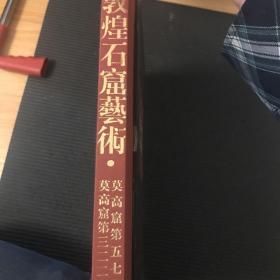
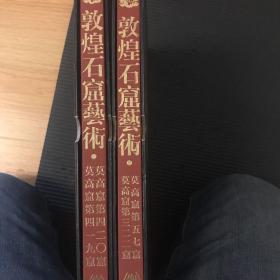













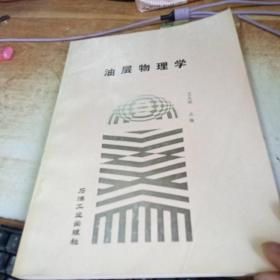
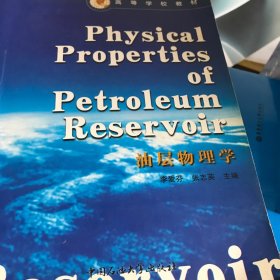


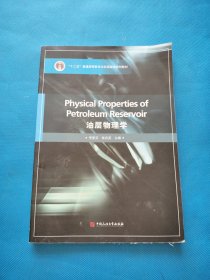
以下为对购买帮助不大的评价